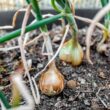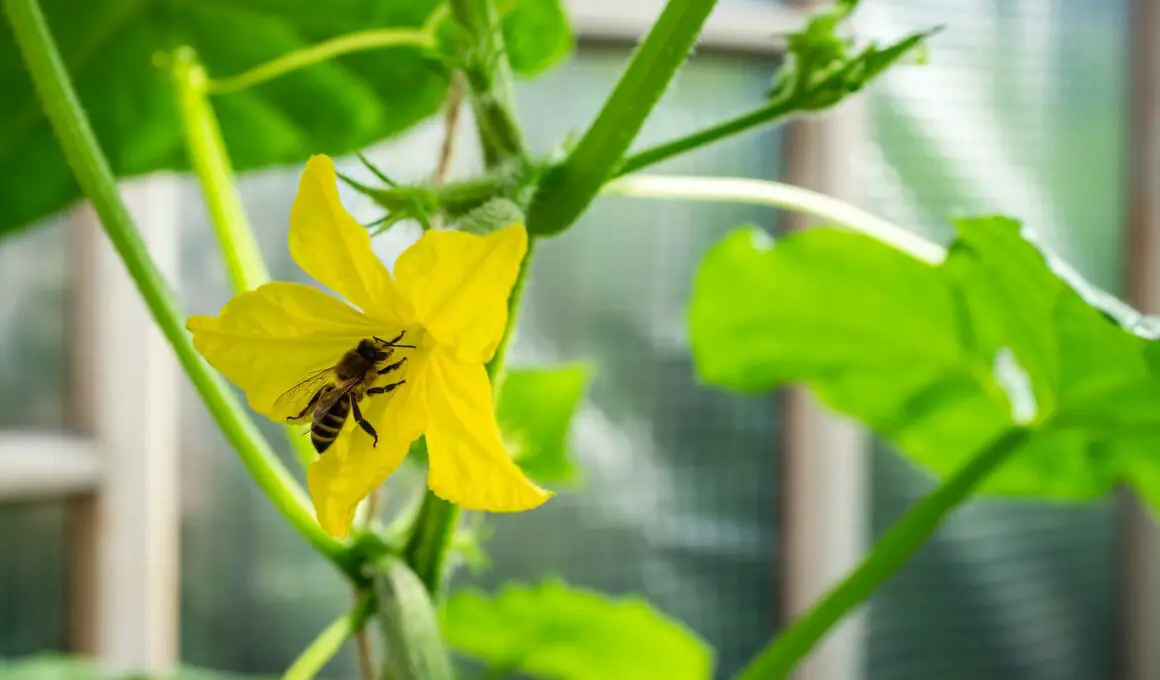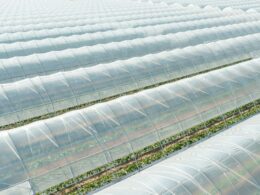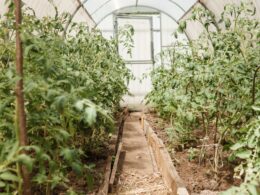In This Article Show
As an avid gardener with over 13 years of experience, I’ve explored various techniques to enhance my garden’s productivity and sustainability. Today, we’re going to explore a topic that’s buzzing within the gardening community: greenhouse beekeeping.
Greenhouse beekeeping offers a unique twist to traditional beekeeping methods. It combines the benefits of controlled environments with the natural pollination prowess of bees.
Beekeeping, as many of you know, is a crucial practice for both gardeners and the environment. It boosts pollination, leading to better yields and healthier plants. But have you ever wondered if you can bring bees into the cozy confines of a greenhouse? That’s precisely what we’ll be discussing in this article.
Can You Keep Bees In A Greenhouse?
Yes, you can keep bees in a greenhouse. Greenhouse beekeeping offers benefits such as increased pollination efficiency, extended growing seasons, and protection from environmental factors, leading to potential boosts in honey production. However, careful research, proper equipment acquisition, and vigilant monitoring of bee health are essential for success in this endeavor.
Benefits of Keeping Bees in a Greenhouse
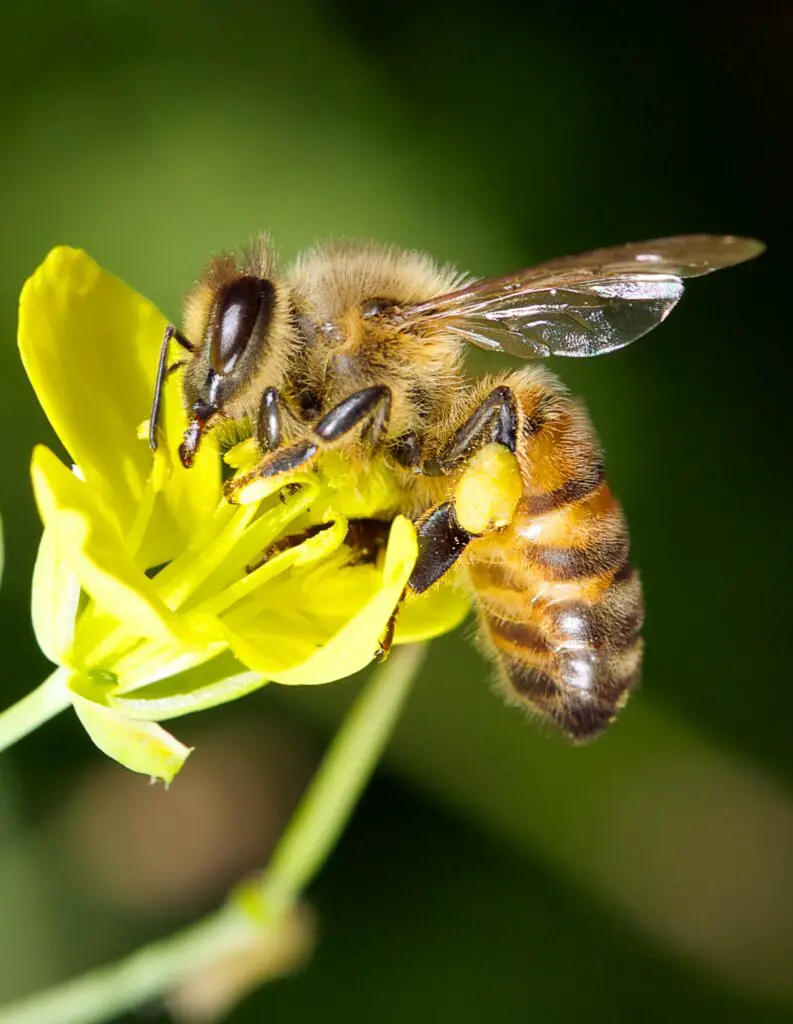
Increased Pollination Efficiency
- In a greenhouse environment, bees have access to a concentrated area of flowering plants, maximizing their pollination efforts.
- The controlled conditions within the greenhouse can enhance bee activity, leading to more efficient pollination and higher fruit sets.
Extended Growing Season
- Greenhouse beekeeping allows for year-round pollination, extending the growing season for both indoor and outdoor crops.
- Bees can continue their pollination activities even during inclement weather conditions, ensuring consistent crop production.
Protection from Environmental Factors
- Greenhouses provide a sheltered environment that protects bees from adverse weather conditions such as wind, rain, and extreme temperatures.
- This protection helps maintain the health and productivity of bee colonies, reducing the risk of colony losses due to environmental stressors.
Potential for Increased Honey Production
- The controlled environment of a greenhouse can lead to optimal conditions for honey production, with consistent flowering plants and minimal competition from other foragers.
- Beekeepers may observe higher honey yields from greenhouse colonies compared to those kept solely in outdoor settings, providing a potential source of additional income or personal enjoyment.
Steps to Start Beekeeping in a Greenhouse
Research and Education
- Begin by researching greenhouse beekeeping techniques and best practices.
- Familiarize yourself with the specific needs and behaviors of bees in a greenhouse environment.
- Seek out educational resources, such as books, online forums, and local beekeeping clubs, to expand your knowledge base.
Acquiring Necessary Equipment and Supplies
- Purchase or assemble the essential beekeeping equipment, including hives, frames, protective gear, and tools.
- Invest in equipment suitable for greenhouse beekeeping, such as hive components designed to fit within the confines of a greenhouse.
Setting Up Beehives in the Greenhouse
- Choose an appropriate location within the greenhouse for the beehives, considering factors such as sunlight exposure, airflow, and accessibility.
- Install the beehives according to recommended spacing and orientation guidelines, ensuring ease of access for maintenance and inspection.
- Provide supplemental forage and water sources within the greenhouse to support bee health and activity.
Monitoring and Managing Bee Health
- Establish a regular schedule for monitoring bee colonies, including inspections for signs of disease, pests, and other health issues.
- Implement integrated pest management (IPM) strategies to control pests and minimize the use of chemical treatments.
- Take proactive measures to maintain optimal hive conditions, such as proper ventilation, temperature control, and adequate food stores.
Tips for Successful Greenhouse Beekeeping

Regular Inspections and Maintenance
- Conduct frequent inspections of beehives to monitor colony health, brood patterns, and honey production.
- Address any issues promptly, such as pest infestations, disease outbreaks, or hive damage, through appropriate maintenance and interventions.
Providing Adequate Forage and Water Sources
- Ensure a diverse range of flowering plants within the greenhouse to provide bees with ample forage opportunities throughout the year.
- Supplement natural forage with pollen and nectar substitutes if necessary, especially during periods of low floral availability.
- Place water sources near the beehives to ensure bees have access to clean water for hydration and hive maintenance.
Collaborating with Local Beekeeping Communities
- Foster connections with local beekeeping associations or clubs to exchange knowledge, resources, and support.
- Seek guidance from experienced beekeepers who may offer valuable insights and assistance tailored to the unique challenges of greenhouse beekeeping.
Keeping Detailed Records
- Maintain comprehensive records of hive inspections, management practices, and any notable observations or developments.
- Track key metrics such as colony strength, honey yields, and pest prevalence to inform decision-making and identify trends over time.
- Use record-keeping tools or software to organize data efficiently and facilitate analysis for continuous improvement in greenhouse beekeeping practices.




